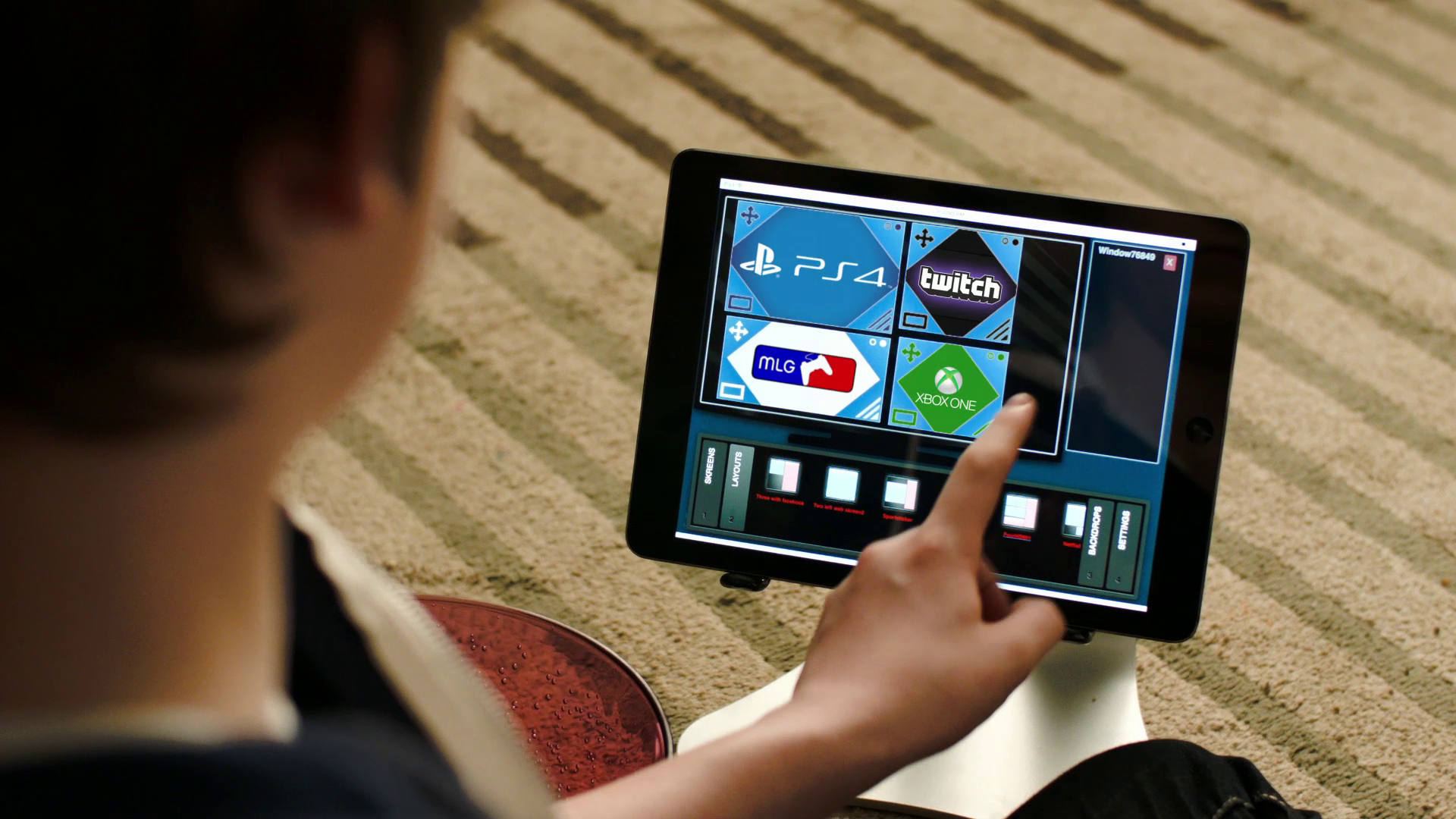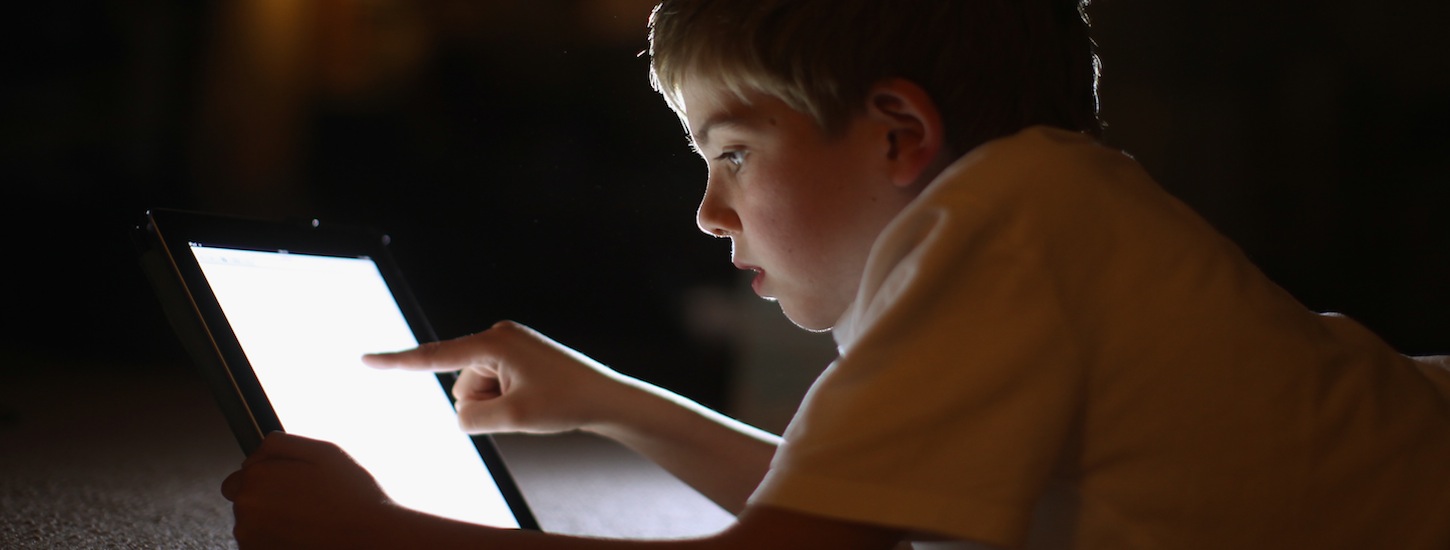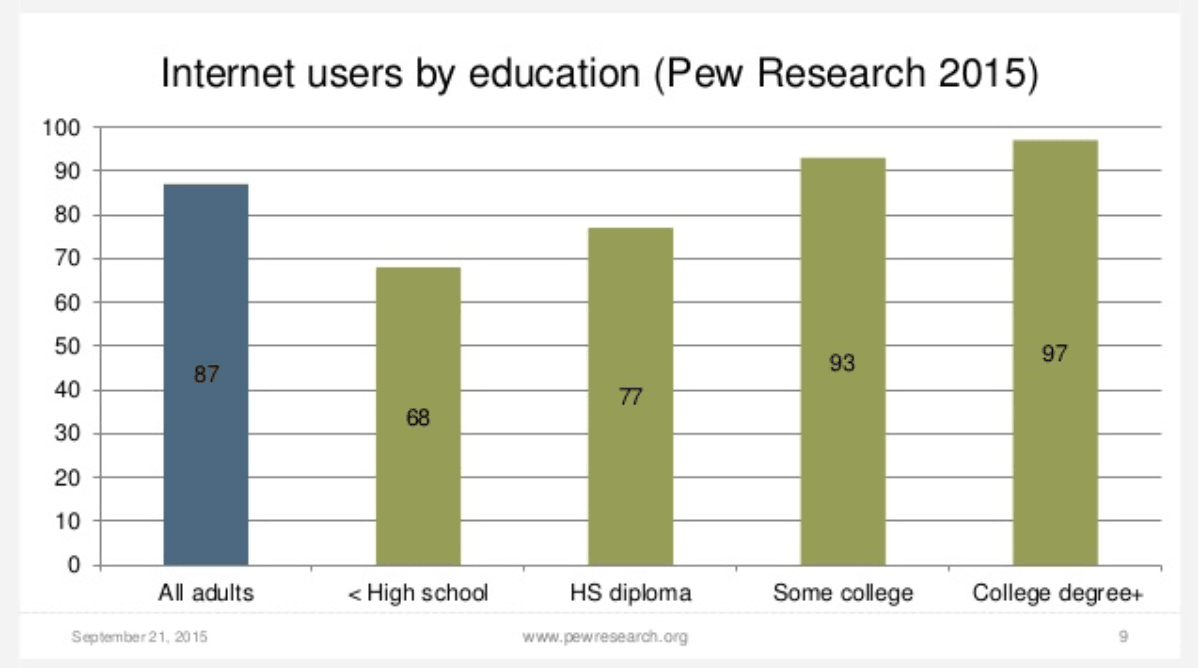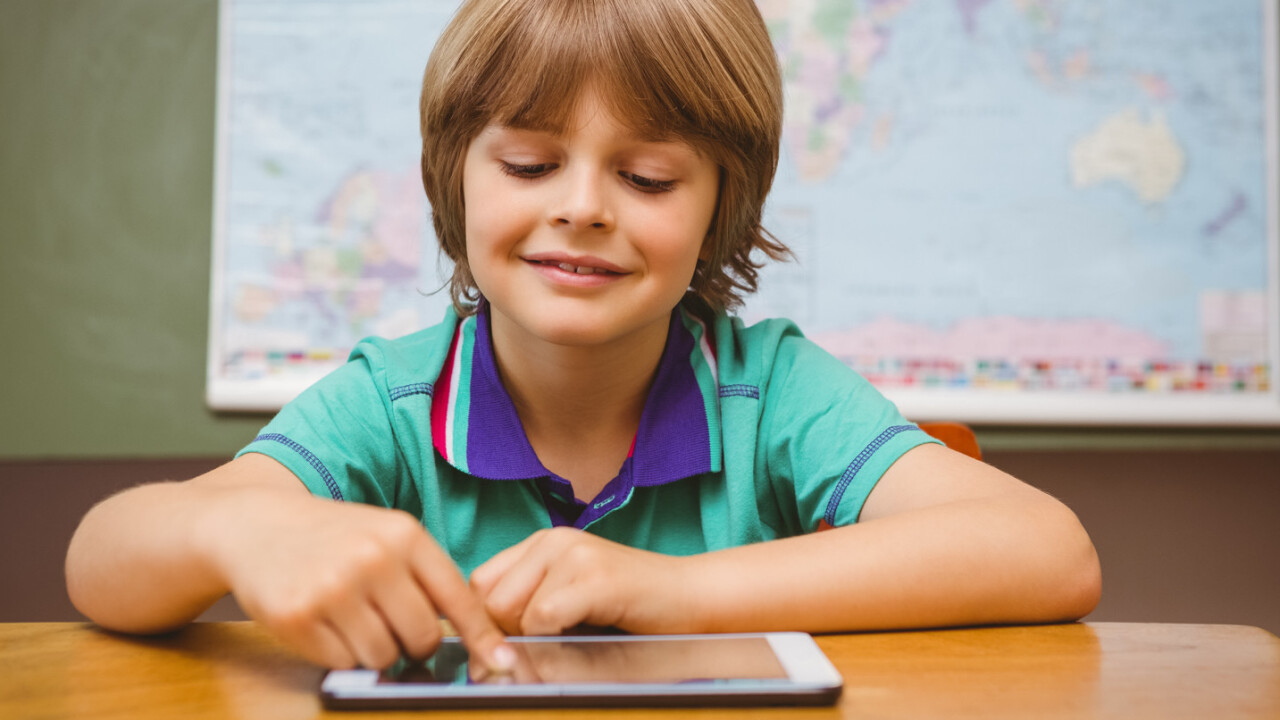In 2014, Apple joined Obama’s ConnectED program and pledged $100 million in hardware to 114 US schools in an attempt to bridge the tech gap between rich and poor districts. The program was met with resistance from teachers, like fourth-grade educator Blanca Rivera in Arizona who felt the tablet computers were “just for games” and wondered how they’d contribute to students’ educations.
There was also the issue of a high-profile failure in the Los Angeles Unified School District. The initiative — a $1 billion pact that sought to outfit every student with an iPad or laptop computer through a partnership agreement with Apple — suffered numerous setbacks before ultimately being suspended in August, 2014 after teachers couldn’t figure out how to stop students from removing security measures on the devices.
Ultimately, the district decided the iPads proved more of a distraction than educational tool.

The Organization for Economic Cooperation and Development provided additional reason for skepticism after proclaiming schools that invested heavily in technology showed “no noticeable improvement in test scores.”
According to University of Michigan professor Elliot Soloway, who studies the impact of technology on education, the problem isn’t with the technology, but in how it’s used by schools.
“Schools always make the mistake of buying computers first and then asking what do we do with them,” Soloway told The Wall Street Journal.
As a parent of a child whose school requires an iPad, I can tell you firsthand the tech is being underutilized. While he has extensive classwork requiring use of a PC (not required by the school), the iPad is essentially a way to access the day’s homework and take notes (poorly) during class — a job better served, in my opinion, by pen and paper. Aside from that, he uses the iPad just as any other kid would — to play Minecraft, use Snapchat and Skype with friends and family.
Apple is attempting to remedy that by providing more support to educators in its 114 school program.
In Yuma, Arizona, Apple is gifting each child (at eight schools) an iPad. It’s also giving teachers an iPad and a Macbook in addition to providing an AppleTV for each classroom. To further assist with the effort to reimagine a tech-based curriculum, Apple assigns a liaison dedicated to spend 17 days a year at each school, assisting in training and helping to prepare lessons that make better use of the technology.
The move is beginning to pay off.

In Coachella Valley Unified School District in Southern California — a place where nearly every student qualifies for free or reduced-price lunch — Superintendent Darryl Adams credits Apple with helping to lift the districts graduation rate from 65 percent in 2011, to 82 percent in 2015.
Still, providing hardware is only half the battle. In some districts, a majority of all students enrolled lack an internet connection at home, thus rendering the iPad a shiny toy without much practical education value outside the classroom — a move the Obama administration hopes to fix.
We’re still in the infancy of large-scale tech investments at low-income schools, but it’d be difficult to argue against the long-term value of the investment if the hardware was being properly utilized.
Pew Internet data reveals higher income is directly correlated with tech literacy.
While 95 percent of those making $150,000 or more a year use the internet at home, the figure plummets to less than 50 percent of those making $25,000 or less. The survey also detailed an education gap showing individuals that didn’t graduate high school were much less likely to have a home internet connection (68 percent) than those with a college degree (97 percent).

Apple’s initiative is a nice start, but it only accounts for 24 percent of all school spending on technology (Q3 2015). For comparison, Chromebook’s account for 51 percent.
But the problem isn’t for hardware manufacturers to fix, although it’s nice when they do. Instead, educators need to find novel ways to integrate technology into (often decades old) curricula while legislators work on getting low-income homes connected.
Then, and only then, can we bridge the tech divide.
Get the TNW newsletter
Get the most important tech news in your inbox each week.






